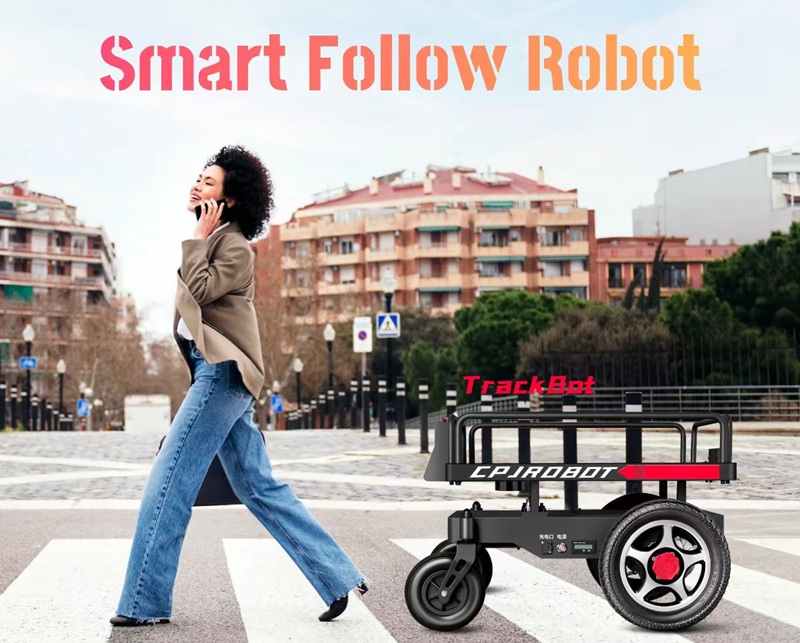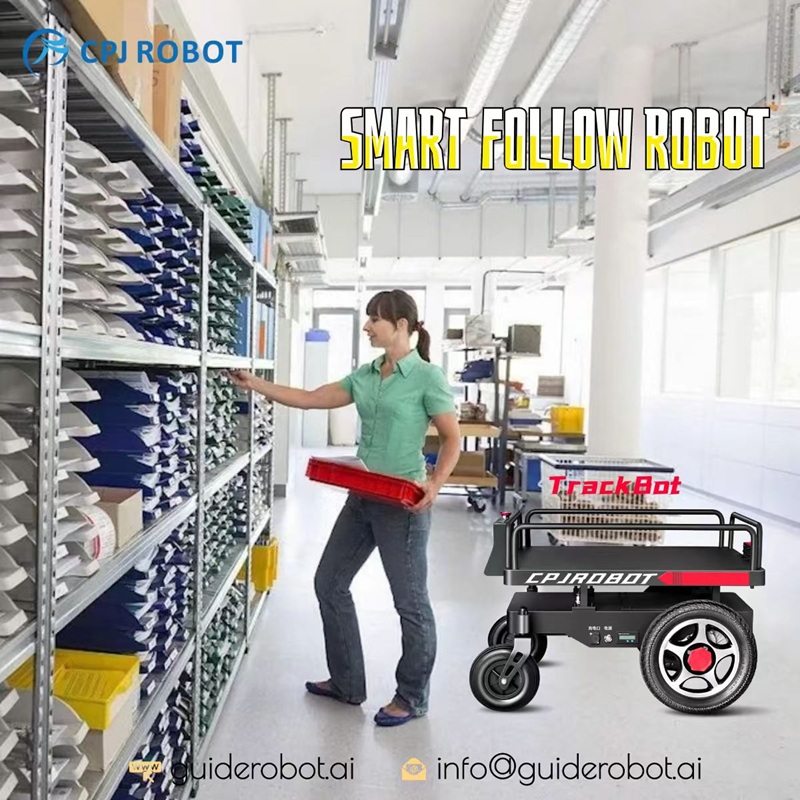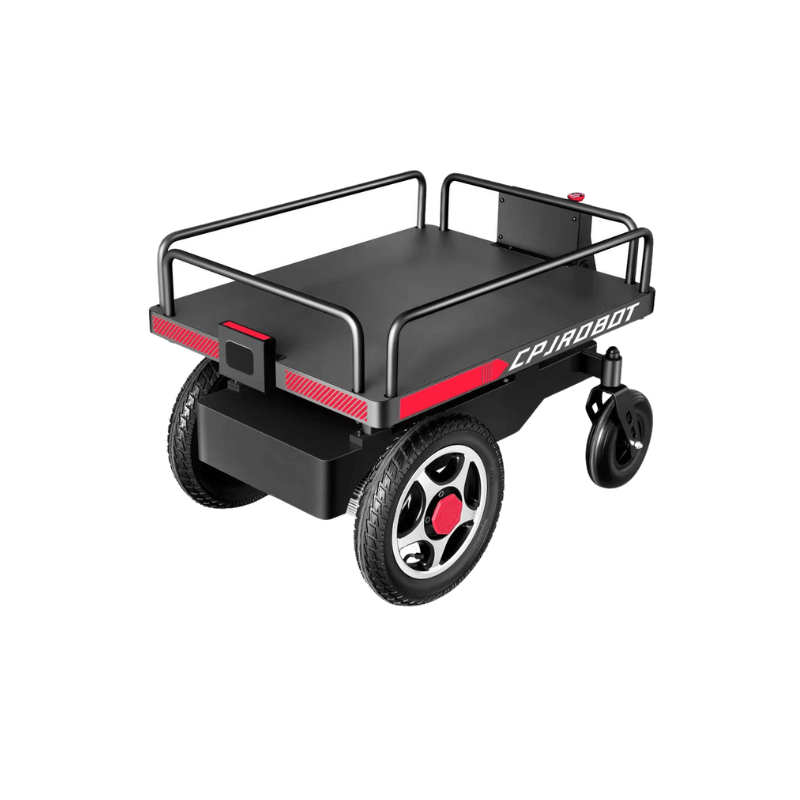Introduction
In today’s fast-paced world, the integration of robotics in customer service is transforming how businesses operate. Reception robots are at the forefront of this revolution, offering automated greetings, reception, guidance, and information services. By leveraging extensive knowledge databases tailored to specific industries, these robots interact through voice, providing comprehensive explanations and showcasing products and services in a multi-faceted manner. This article explores the functionalities and advantages of reception robots and discusses their potential to redefine customer service.

Core Functionalities of Reception Robots
Automated Greeting and Reception
Reception robots are equipped with sophisticated sensors and communication technologies that allow them to automatically detect and greet visitors. These robots can initiate conversations, offer directions, and provide basic information about the business, creating a welcoming atmosphere from the moment a customer steps in.
Interactive Consultation and Explanation
Utilizing extensive industry-specific knowledge databases, reception robots can engage in detailed voice interactions with customers. They can answer questions, provide explanations, and offer information through text, images, videos, and audio, making the interaction more engaging and informative. This capability is particularly useful for product demonstrations and corporate presentations.
Personalized Marketing and Sales
Reception robots can promote products and services while interacting with customers. By analyzing customer interactions and preferences, these robots can offer personalized recommendations and marketing messages, effectively acting as intelligent sales assistants. This not only enhances the customer experience but also drives sales and marketing efforts.
Customer Data Collection and Management
One of the significant advantages of reception robots is their ability to gather and manage customer information. They can record interactions, track preferences, and store data securely. This information can be used to provide personalized services, improve customer relations, and develop targeted marketing strategies.
Guiding and Navigating
In high-end restaurants or large venues, reception robots can guide customers to their desired locations. Using advanced navigation technology, these robots construct indoor maps and interact with customers through voice communication. After understanding the customer’s destination, the robot leads them efficiently, enhancing the overall service experience.
Key Advantages of Reception Robots
Autonomous Obstacle Avoidance
Reception robots combine computer communication technology with sensors to record their current position and perceive the surrounding environment in real-time. They can effortlessly avoid obstacles, making their movement precise and efficient. With multiple sensors and optimized obstacle avoidance algorithms, these robots navigate complex environments, ensuring a smooth and safe experience for users.
Enhanced Customer Interaction
Equipped with powerful intelligent sensor systems and computer communication technology, reception robots facilitate seamless human-robot interactions. Their ability to move autonomously and avoid obstacles enhances the efficiency of greeting and guiding tasks, making customer interactions more pleasant and effective.
Increased Operational Efficiency
By handling repetitive tasks such as greeting visitors and providing basic information, reception robots free up human staff to focus on more complex and value-added activities. This not only improves the overall efficiency of the business but also ensures that customers receive timely and accurate information.
Improved Customer Experience
Reception robots offer a unique and engaging experience for customers. Their ability to interact naturally, provide detailed information, and guide customers creates a futuristic and enjoyable service environment. This positive experience can significantly enhance customer satisfaction and loyalty.
Safety and Hygiene
In the wake of the global pandemic, the need for contactless interactions has become paramount. Reception robots provide a safe and hygienic alternative to human receptionists, reducing the risk of disease transmission and ensuring a safer environment for both customers and staff.
Conclusion
Reception robots represent a significant advancement in customer service technology. Their ability to autonomously greet, guide, and interact with customers, combined with their data management and personalized marketing capabilities, make them invaluable assets for modern businesses. As technology continues to evolve, reception robots will undoubtedly play an increasingly vital role in delivering exceptional customer service and driving business success.
Keywords: reception robot functions, autonomous obstacle avoidance, interactive consultation, personalized marketing, customer data management, guiding and navigating, intelligent sensor systems.







